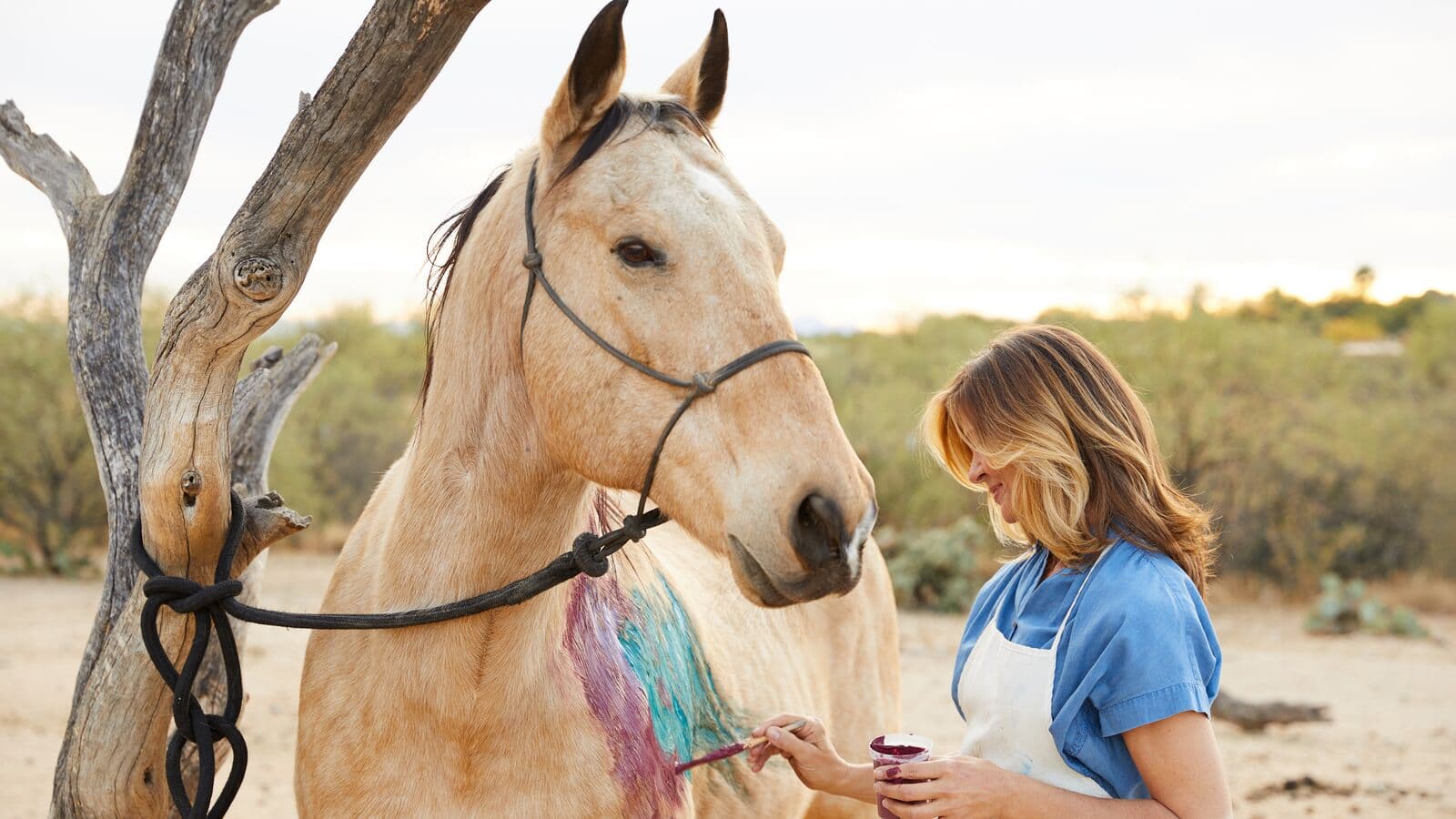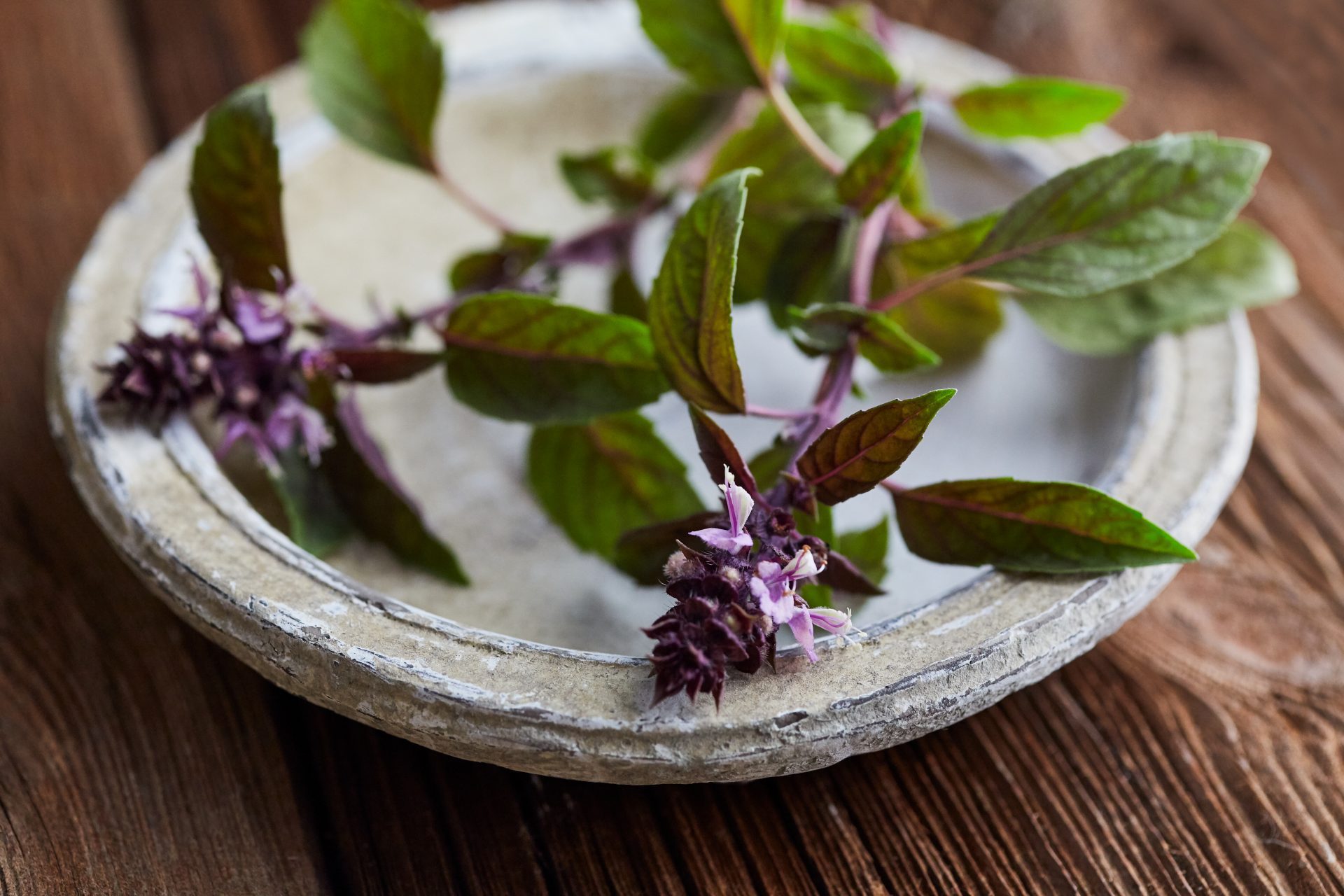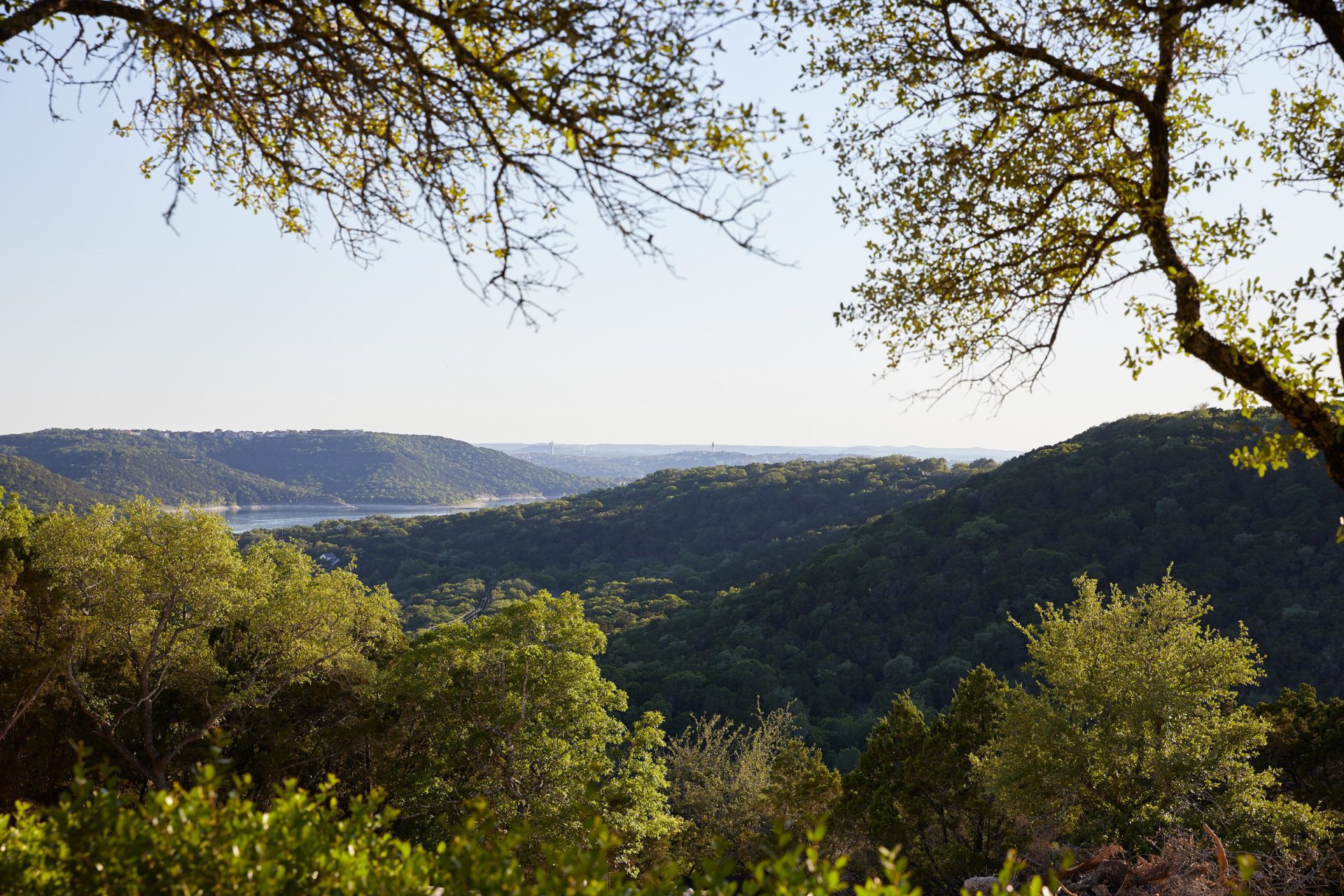The Nest: Birds Of Miraval Austin
By Araxe Hajian
When we say “family” at Miraval Resorts, we mean the whole clan: winged, hoofed, or two-legged. We love our songbirds, horses, hawks, chickens, donkeys, owls, and bees. It’s not hard to ease into meditation and mindfulness when nature’s colors unfurl before us and its soundtrack hums in our ears.
Many Texas birds make their way home to the mighty oaks and sturdy cedars of Miraval Austin. The Balcones Canyonlands Preserve encompasses 100,000 acres and serves as a refuge for several endangered species, most notably the golden-cheeked warbler.
Birdwatchers from around the world travel to the Texas Hill Country for a mere glimpse of this rare songbird that fuses cedar bark with the oak leaf rollers’ silky threads to build its nests. The entirety of the Miraval Austin property is in its habitat and is the only place in the world this tiny bird nests upon its migratory return from Mexico each year.
Golden-cheeked Warbler
Of the nearly 360 bird species that breed in Texas, the Golden-cheeked Warbler is the only one that nests exclusively in central Texas. These endangered birds can be found nesting in the juniper and oak woodlands that make up the surrounding Balcones Canyonlands Preserve. Warblers eat insects and spiders found on the leaves and bark of oaks and other trees. They come to Texas to nest and raise their young, and leave to spend the winter in Mexico and Central America.*
Black Capped Vireo
Black-capped vireos nest in Texas from April through July and spend the winter on the western coast of Mexico. They build a cup-shaped nest in branches 2 to 4 feet above the ground, or in shrubs such as shin oak or sumac. Females lay 3-4 eggs, which hatch in 14-17 days. Both parents incubate the eggs and feed the chicks. Their diet consists of insects. Males sing to attract mates and defend territories, which are usually 2 to 4 acres in size. Vireos return year after year to the same area to nest.*
Northern Mockingbird
The Northern Mockingbird, a medium-sized songbird, is gray with white outer tail feathers, and white wing patches that are visible in flight. The Latin name (Mimus polyglottos), translates loosely to
“the many-tongued mimic”. Instead of singing its own song, the Northern Mockingbird replicates sounds and notes from other sonic sources. A mockingbird can sing the songs of dozens of other birds and make a variety of other vocalizations, from frog sounds to car alarms.*
Red-Tailed Hawk
Known colloquially as the “chicken hawk,” this large raptor can be seen in just about any open habitat in Texas. This hawk feeds on a wide variety of mammals, birds, and insects. Often seen sitting on perches along our roads and highways, the hawks look as if they’re watching traffic pass by when, in fact, the grassy medians are home to lots of tasty rodents. This fondness for rodents makes them good neighbors for us. When trying to spot Red-tailed hawks, look at the top of the tail for more of a terracotta-orange color, rather than red.*
Great Blue Heron
Many refer to this species as a “blue crane,” but this heron is not related to cranes. This tall wetland inhabitant hunts for fish, frogs, crayfish, and the like in just about any creek, pond, lake, or roadside
ditch. Overall grayish in color, this bird does have hints of blue-gray here and there. When waters freeze in winter, don’t expect these birds to chip away at the ice. Instead, watch them switch to dry settings in search of rodents.*
Barn Swallow
Some call this bird the “mud swallow” because it builds open, cup-shaped nests from mud on bridges, porches, and patios. Watch for their deeply forked tail and a beautiful iridescence of dark blue-purple on the head, back, and tail. There are two other mud-nesting swallows in Texas, the Cliff and Cave swallows, but neither has a forked tail. Also, the Cliff swallow sets itself apart in terms of architectural nest design with a gourd-shaped mud nest.*
Turkey Vulture
Early American settlers from Europe confused this carrion eater with the “buzzard” back home, but the two aren’t alike. When soaring, this vulture has a silvery tinge to the trailing edge of its entire wing. When they’re feasting on roadkill, notice their milk chocolate coloration and, in adults, a red featherless head.
The Turkey Vulture breeds throughout Texas, adapting to forests and swamplands.*
Eurasian Collard-Dove
This non-native dove first arrived in Texas via Texarkana in 1995 and quickly spread throughout the state. In urban settings, watch for a large pale dove with a black ring around the collar. More importantly, open your ears to the cooing sounds of these doves, as they are prolific singers. A unique vocalization they make as they’re taking flight or about to land is reminiscent of a loud kitty’s meow. These doves are larger than their native cousins, the white-winged and mourning doves.*
Grab your binoculars and try to spot one of these Texas birds on your next Miraval Austin visit. Book your next getaway by visiting www.miravalaustin.com.
Source material by tpwd.texas.gov and tpwmagazine.com
Araxe Hajian
Araxe Hajian is a senior writer who covers wellness stories and specialist offerings at Miraval Resorts & Spas.




























